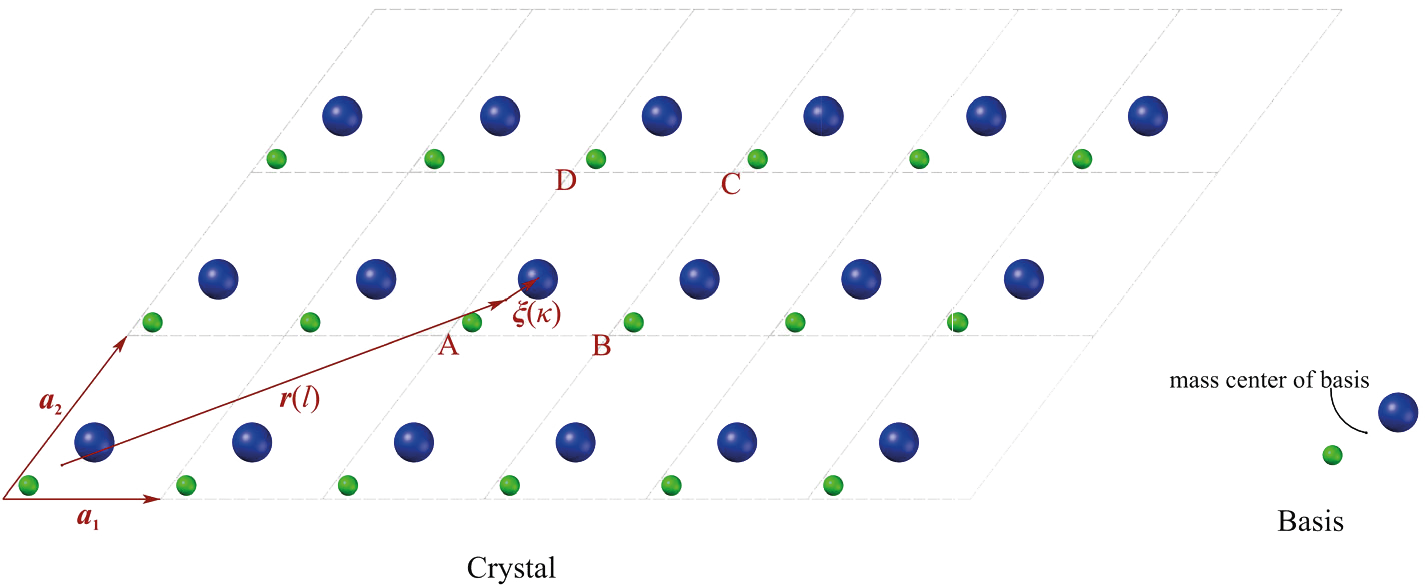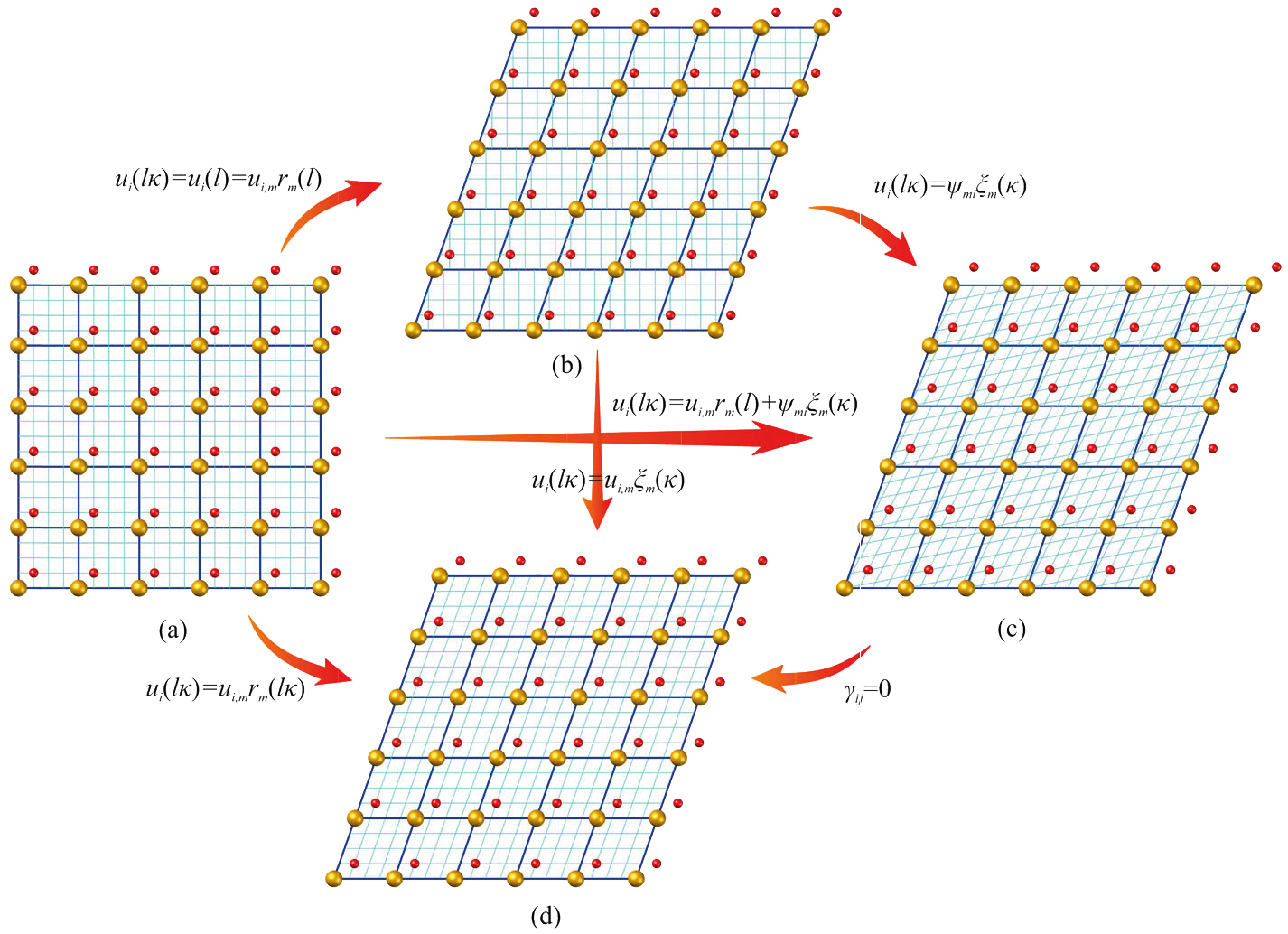Hossein M. Shodja

To account for certain essential features of material such as dispersive behaviour and optical branches in dispersion curves, a fundamental departure from classical elasticity to polar theories is required. Among the polar theories, micromorphic elasticity of appropriate grades and anisotropy is capable of capturing these physical phenomena completely. In the mathematical framework of micromorphic elasticity, in addition to the traditional elastic constants, some additional constants are introduced in the pertinent governing equations of motion. A precise evaluation of the numerical values of the aforementioned elastic constants in the realm of the experimentations poses serious difficulties. Thus this paper aims to provide a remedy as how to determine the micromorphic elastic constants theoretically in terms of the atomic force constants and lattice parameters of the crystalline solid with general anisotropy. In this treatment capture of the discrete nature of matter becomes an essential factor. To this end, the discrete lattice dynamics equations of a crystal are related to the pertinent anisotropic micromorphic equations of motion. This approach allows incorporating the symmetry groups of the crystals within lattice dynamics equations conveniently. For the illustration of the current theoretical developments, the micromorphic elastic constants of diamond and silicon crystals are computed in conjunction with ab initio density functional perturbation theory (DFPT). Moreover, the longitudinal and transverse optical and acoustic branches pertinent to [100] and [110] directions are presented. The accuracy of the results is verified by comparing the dispersion curves derived from the micromorphic theory, those of available experiments, and those directly obtained from DFPT calculations.

A diatomic basis and its corresponding crystal formed by attaching the basis at the space lattice.

Application of a sequence of homogeneous deformations to a micromorphic medium: (a) initial configuration, (b) the application of the homogeneous macro-deformation in which the basis remains unchanged, (c) the subsequent application of the micro-deformation, Ψ results in the deformation of the basis, (d) setting the relative deformation equals to zero (γ = 0) in configuration (c). Configuration (d) can be directly arrived at by applying homogeneous deformation (A17) to (a).
Anisotropic micromorphic elasticity, Elastic moduli tensors, Lattice dynamics, Diamond structure, Ab initio DFPT calculations